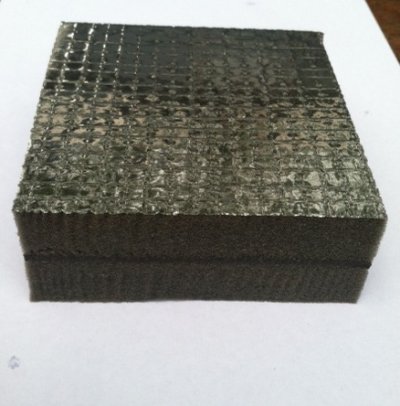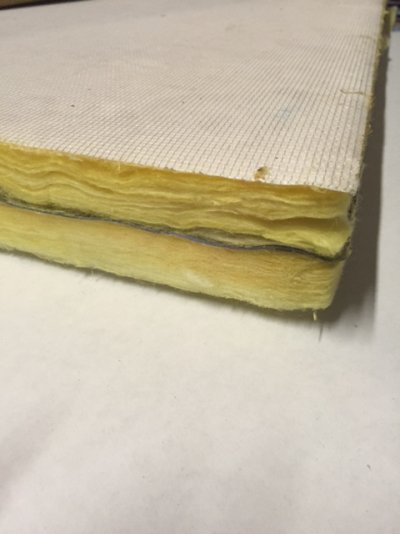Simon J
Member
- Joined
- Sep 10, 2019
- Messages
- 8
- Location
- United States
- Vessel Name
- Simon J
- Vessel Make
- Morton & Hersloff 36
Winter project: Insulating the engine compartment of my 1978 Morton & Hersloff 36
While insulating I came across old insulation- Lead backing with either fiberglass, or asbestos . Does anyone know if this could be asbestos? I am replacing all area easily within reach, but will go further if it is asbestos and should be removed. Also, I've heard that I can just remove Fiberglass?asbestos exterior and press my new insulation/heat shield /noise reduction diectly onto the lead backing.
Comments anyone??
Simon J
While insulating I came across old insulation- Lead backing with either fiberglass, or asbestos . Does anyone know if this could be asbestos? I am replacing all area easily within reach, but will go further if it is asbestos and should be removed. Also, I've heard that I can just remove Fiberglass?asbestos exterior and press my new insulation/heat shield /noise reduction diectly onto the lead backing.
Comments anyone??
Simon J



